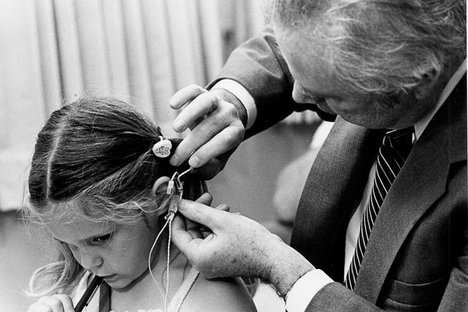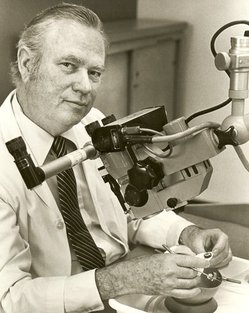(p. A11) . . . in Baltimore, . . . a local entrepreneur, following the logic of need, invested seven years and $30 million developing a robotic system for packaging prescription drugs for long-term patients in nursing homes and hospitals.
In a conversation last year, inventor Michael Bronfein told me if he’d known what it would cost him in time and money, he might never have started. How many entrepreneurs say the same? Probably all of them. But Mr. Bronfein saw a need and the power of technology to meet it, and the result was the Paxit automated medication dispensing system.
He saw workers spending hours under the old system sticking pills in monthly blister packs known as “bingo cards,” a process expensive and error-prone. He saw nurses on the receiving end then spending time to pluck the pills out of blister packs and into paper cups, to create the proper daily drug regimen for each patient.
. . .
He followed the economic logic that indicated that all the people involved in the old system were becoming too valuable to have their time wasted by the old system. Backed by his company, Remedi SeniorCare, Paxit–in which a robot packages, labels and dispatches a daily round of medicines for each patient–is spreading across the mid-Atlantic and Midwest and winning plaudits from medical-care providers.
. . .
We need to preserve the incentive for investors to bring us the robots that will make the future bearable, rather than burying entrepreneurs in taxes in a vain attempt to seize the returns of investments before those investments are made.
For the full commentary, see:
Jenkins, HOLMAN W., JR. “BUSINESS WORLD; Robots to the Rescue? The flip side of an entitlements crisis is a labor shortage.” The Wall Street Journal (Weds., January 9, 2013): A11.
(Note: ellipses added.)
(Note: the online version of the review has the date January 8, 2013.)







